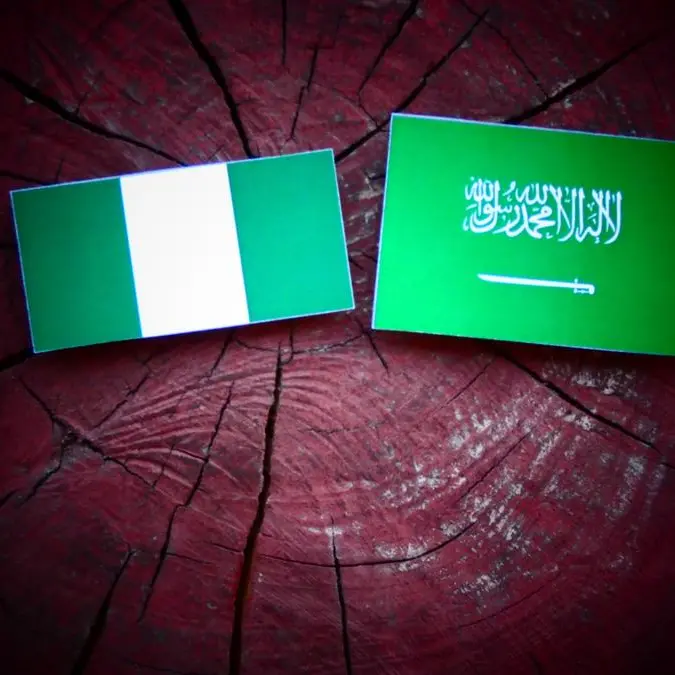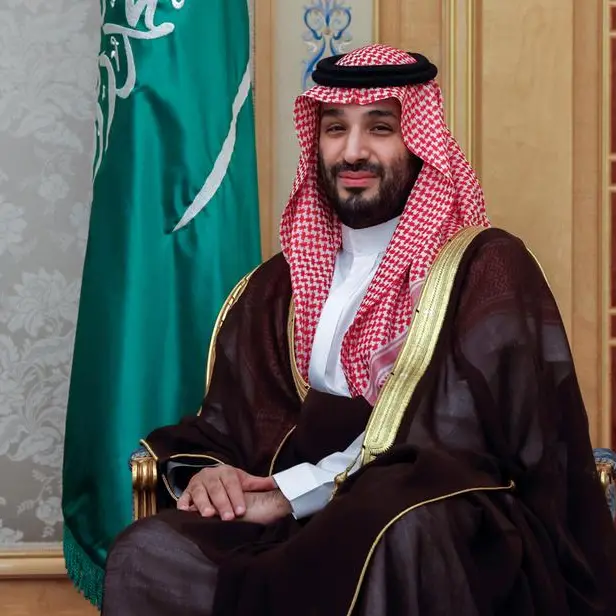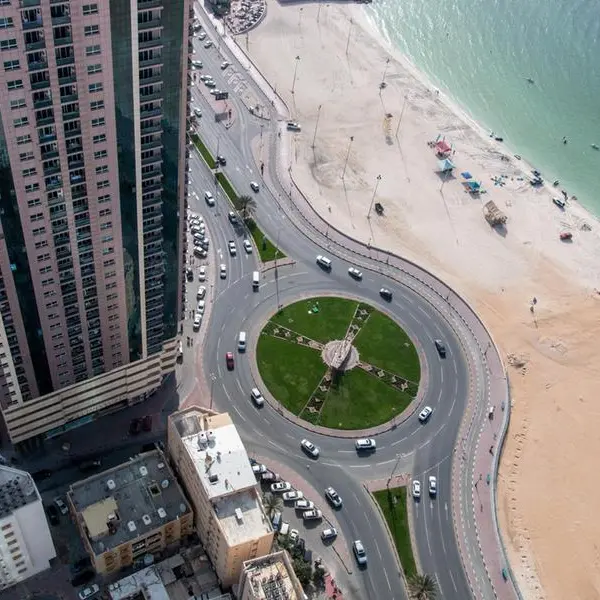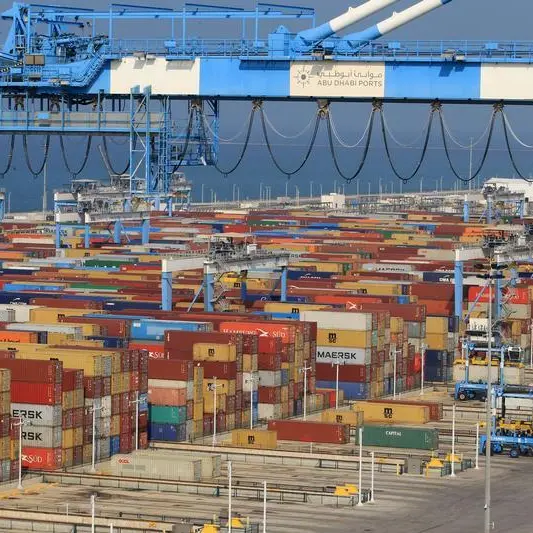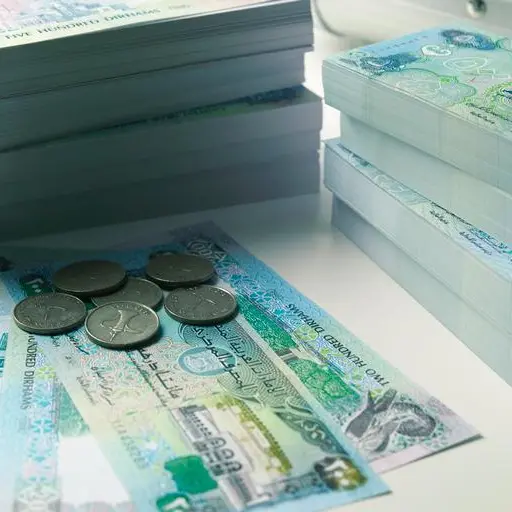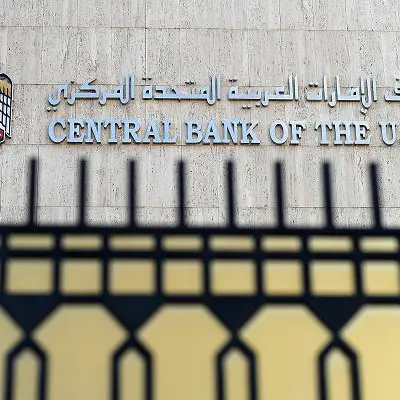Sunday, Aug 30, 2015
Dubai: Amidst strong speculation on the sustainability of Saudi riyal’s peg to the US dollar, the Saudi Monetary Authority (SAMA) last week reaffirmed its commitment to the peg, but analysts say the peg can be defended only at a substantial cost to the domestic economy.
Economists say Saudi will need to make deep spending cuts to offset the rapid drawdown of its reserves in the context of sharp decline in oil export revenues.
“We continue to think that Saudi Arabia can afford its oil regime and the economic status-quo in the near-term. However, the domestic macro costs of its unchanged policy choices are likely to become more acute and apparent. Safeguarding Forex reserves will require deep budgetary cuts at current oil prices,” said Jean-Michel Saliba, an economist with Bank of America Merrill Lynch.
Recent announcements by SAMA indicate that, Saudi prefers fiscal retrenchment and debt financing as a policy option to currency devaluation. Analysts say SAMA’s recent verbal interventions in the Forex market could be eventually extended to direct intervention to cool the forward market where the riyal slipped by about 1 per cent last week.
Speculation on the riyal has risen as the kingdom faced fast drawdown in Forex reserves in the first half of 2015 with an unsustainable fiscal deficit approaching 20 per cent of GDP, partly driven by one-off items such as royal handouts worth 4 per cent of GDP and Yemen war.
Analysts say if devaluation is used, it has to be a large one to make a dent to the twin deficits. “This provides incentive for policymakers to hold out. Although the current account deficit is relatively small, its elasticity to the dollar is small. It would require a large devaluation to bring the current account to balance as non-oil exports are small and oil exports are priced in dollar,” said Saliba.
While the fiscal gains of devaluation appear overstated, economists in general believe peg supports economic stability, helping to limit the feed through of oil-price volatility into GCC economies. The strong dollar is currently helping to maintain GCC currencies’ purchasing power and contributing to low imported inflation, which in turn supports consumption.
Large Forex reserves and low foreign debt also support the continuity of the peg in Saudi. Despite the rapid drawdown over the first half of 2015, SAMA’s Forex reserves still stood at about 100 per cent of GDP in June, and government deposits at SAMA represented$294 billion or 42 per cent of GDP.
In addition about $340 billion in foreign assets were held by entities other than SAMA at end-2014, of which portfolio assets, and currency and deposits represented $200 billion and $88 billion respectively.
Based on the resource availability at the government’s disposal, analysts say a realistic mix of debt financing and spending cuts can sustain the peg for a fairly long period.
“At $40 and $50 per barrel, debt financing and deep capex cuts (to bring spending 25 per cent lower) can keep government deposits at SAMA covering 7 years and 11 years of government spending, respectively” said Saliba.
Although historically government spending has adjusted to oil prices with a variable lag, analysts say this time round spending cuts will have to be drastic to preserve Forex reserves against rapid drawdowns.
By Babu Das Augustine Banking Editor
Gulf News 2015. All rights reserved.
